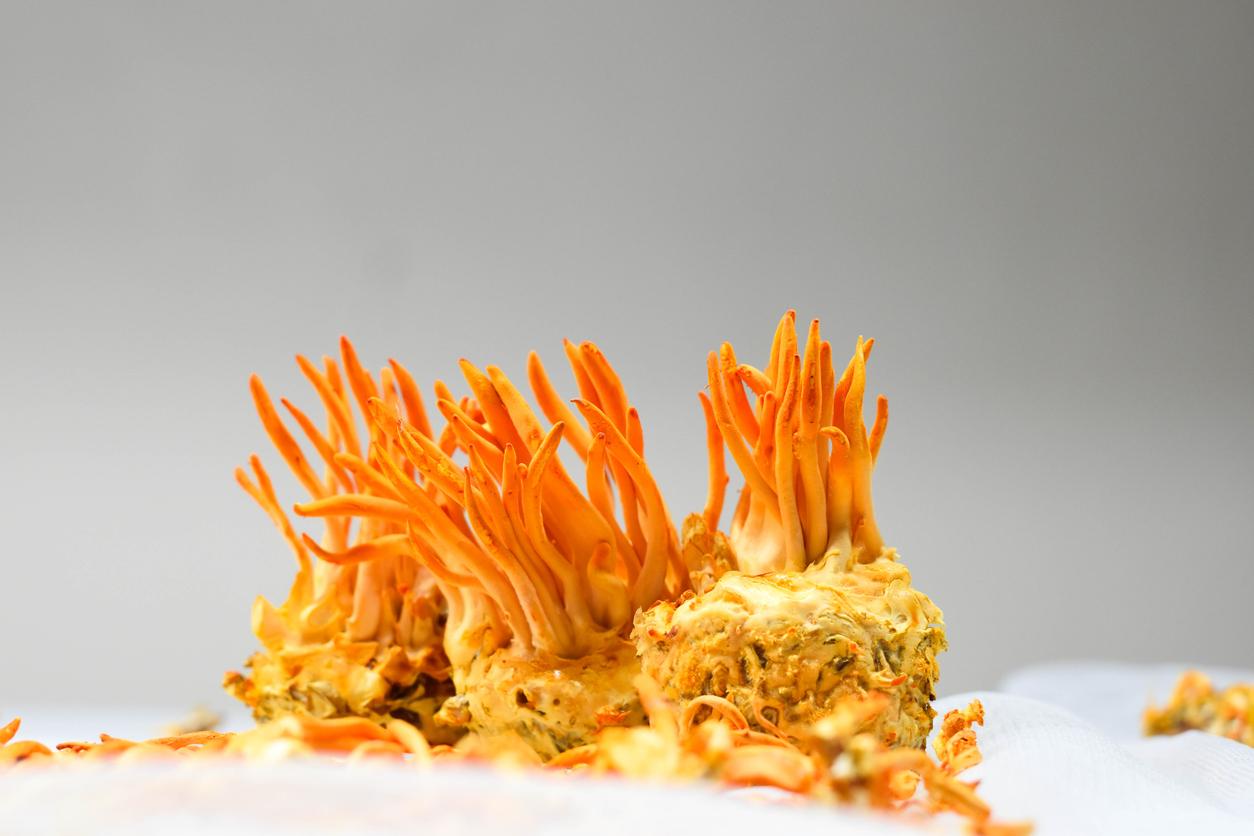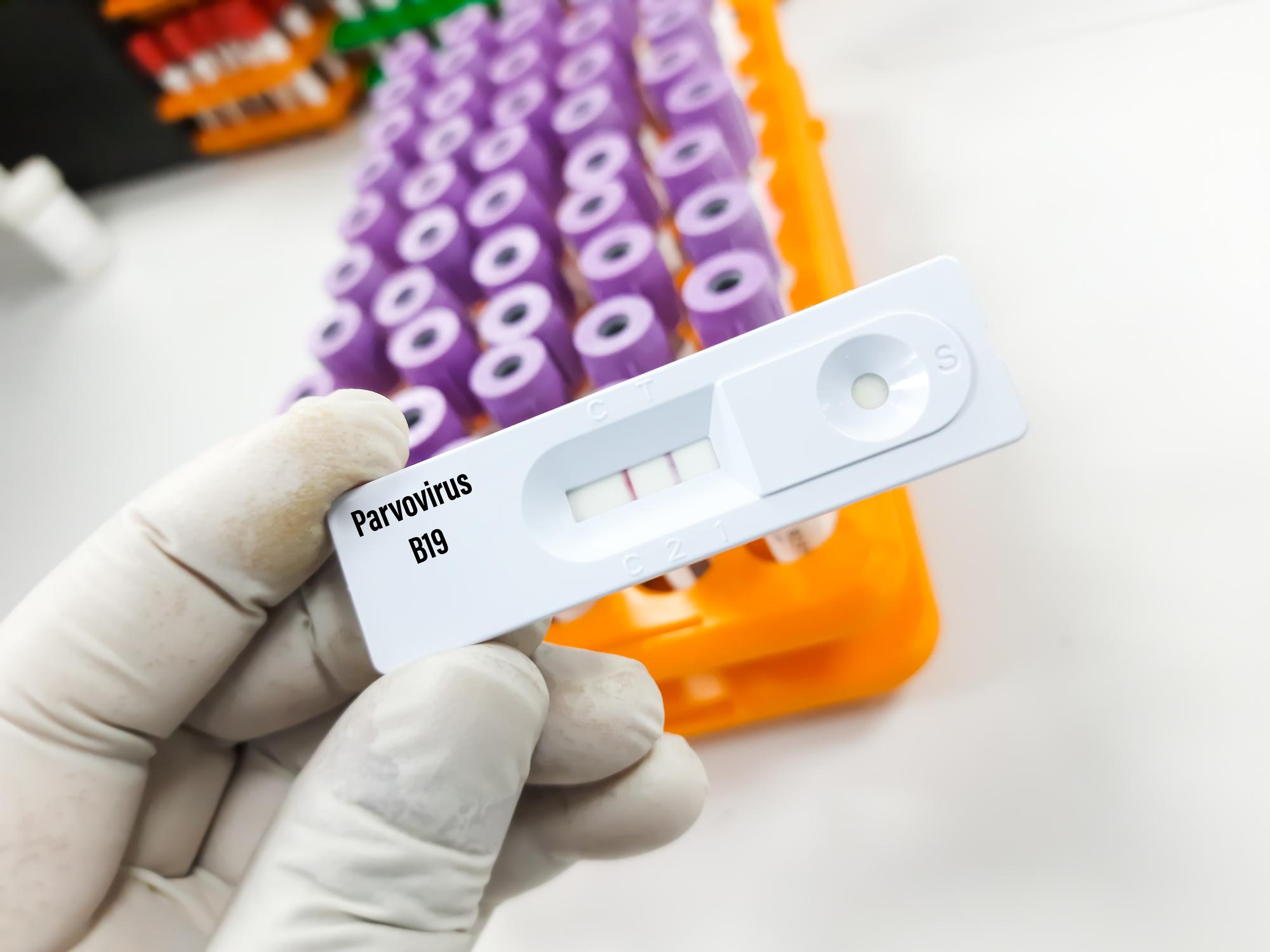ANSES, the Poison Control Centers and the Directorate General for Health are issuing new recommendations to avoid any risk of food poisoning with wild-picked mushrooms.

- In the event of symptoms of poisoning, it is useful to note the times of the last meal(s), the time of onset of the first signs and to keep the remains of the picking for identification.
- In the event of vital distress: loss of consciousness, respiratory distress, etc., call 15, 112 or 114 (SMS for the deaf and hard of hearing).
As the bad weather in July and August encouraged early mushroom picking this year, ANSES calls for vigilance. “Many poisonings linked to their consumption have already been observed. These can be serious – severe digestive disorders, kidney complications, liver damage that may require a transplant – even fatal. Whether you are a connoisseur or an occasional picker, remain vigilant and respect the best practices for safe consumption”, warn public health experts.
Three deaths since July
Between July 1 and August 29, 2021, 330 cases of poisoning have already been reported to poison control centers, three of which are very serious and potentially life-threatening, and three deaths have been recorded.
The results of the past season show that between July 1 and December 31, 2020, more than 1,300 poisonings were reported to poison control centres, particularly in October (56% of cases), when the weather conditions combining precipitation , humidity and freshness favored the growth of mushrooms and their picking. “The symptoms observed were mainly digestive: abdominal pain, nausea, vomiting, diarrhea”, specifies ANSES.
A few tips to avoid poisoning
Faced with a situation that unfortunately repeats itself every year, ANSES, the Poison Control Centers and the Directorate General for Health recommend:
· collect only the mushrooms that you know perfectly: some highly toxic mushrooms are very similar to edible species. Poisonous mushrooms can also grow where you picked edible mushrooms another year.
· If in doubt about the condition or identification of one of the mushrooms harvested, do not eat the harvest before having it checked by a specialist in the field. Pharmacists or local mycology associations and societies can help you.
· Pick only specimens in good condition and take the entire mushroom: stipe and cap, in order to allow identification.
· Do not pick mushrooms near potentially polluted sites: roadsides, industrial areas, landfills.
· Separate the harvested mushrooms by species, to avoid mixing pieces of poisonous mushrooms with edible mushrooms.
· Place the mushrooms in a crate, cardboard box or basket, but never in a plastic bag, which accelerates rotting.
· Store the mushrooms in the refrigerator (maximum 4°C) avoiding all contact with other foods and consume them within two days of picking them.
· Eat mushrooms in reasonable quantities after sufficient cooking (20 to 30 minutes in a pan or 15 minutes in boiling water) and never eat raw wild mushrooms.
· Never feed the mushrooms you have picked to young children.
· Make sure they don’t put a fungus in the garden or schoolyard in their mouth.
· Do not consume mushrooms identified solely by means of a mushroom recognition application on a smartphone, due to the high risk of error.
Do not eat marketed mushrooms “on the fly”.
.

















